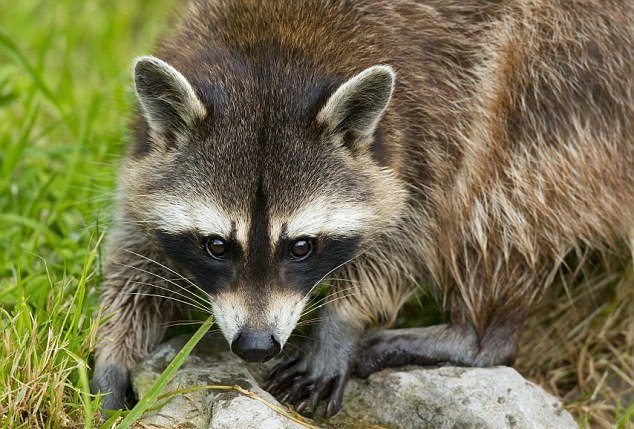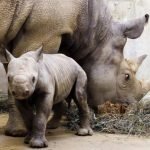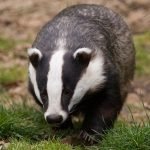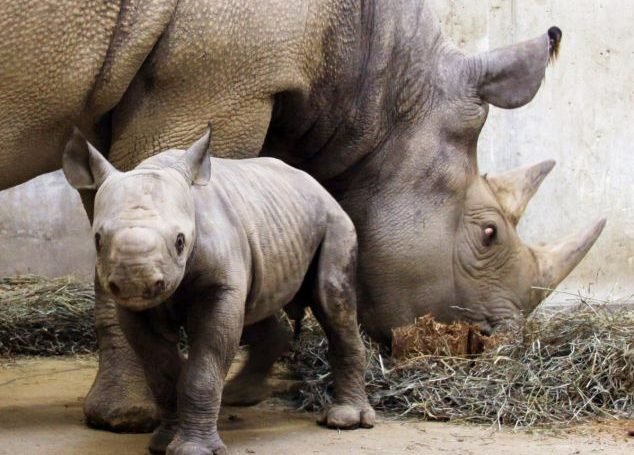
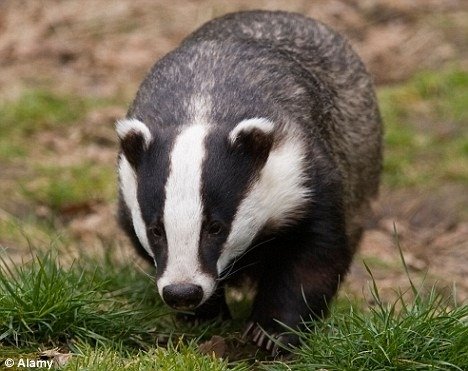
Invasive Species in India
“Invasive species” — it doesn’t sound very threatening, does it? But these invaders, large and small, have devastating effects on India wildlife. Invasive species are one of the leading threats to native wildlife. Approximately 42% of Threatened or Endangered species are at risk primarily due to invasive species.
Human health and economies are also at risk from invasive species. The impacts of invasive species on our natural ecosystems and economy cost billions of dollars each year. Many of our commercial, agricultural, and recreational activities depend on healthy native ecosystems.
What makes a species invasive?
An invasive species can be any kind of living organism—an amphibian (like the cane toad pictured left), plant, insect, fish, fungus, bacteria, or even an organism’s seeds or eggs—that is not native to an ecosystem and which causes harm. They can harm the environment, the economy or even, human health. Species that grow and reproduce quickly, and spread aggressively, with potential to cause harm, are given the label of “invasive”.
An invasive species does not have to come from another country. For example, lake trout are native to the Great Lakes, but are considered to be an invasive species in Yellowstone Lake in Wyoming because they compete with native cutthroat trout for habitat.
How do invasive species spread?
Invasive species are primarily spread by human activities, often unintentionally. People, and the goods we use, travel around the world very quickly, and they often carry uninvited species with them.
- Ships: Ships can carry aquatic organisms in their ballast water.
- Wood products: Insects can get into wood, shipping palettes and crates that are shipped around the world.
- Ornamental plants: Some ornamental plants can escape into the wild and become invasive.
- Pet trade: Some invasive species are intentionally or accidentally released pets. Burmese pythons are becoming a big problem in the Everglades.
Why do invasive species pose such a threat?
Invasive species cause harm to wildlife in many ways. When a new and aggressive species is introduced into an ecosystem, it might not have any natural predators or controls. It can breed and spread quickly, taking over an area. Native wildlife may not have evolved defenses against the invader or they cannot compete with a species that has no predators.
The direct threats of invasive species:
- preying on native species
- out-competing native species for food or other resources
- causing or carrying disease
- preventing native species from reproducing or killing their young
The indirect threats of invasive species:
- Changing food webs: Invasive species can change the food web in an ecosystem by destroying or replacing native food sources. The invasive species may provide little to no food value for wildlife.
- Decreasing biodiversity: Invasive species can alter the abundance or diversity of species that are important habitat for native wildlife. Aggressive plant species like kudzu can quickly replace a diverse ecosystem with a monoculture of just kudzu.
- Altering ecosystem conditions: Some invasive species are capable of changing the conditions in an ecosystem, such as changing soil chemistry or the intensity of wildfires.
Examples of invasive species
There are unfortunately many examples of invasive species invasions across the India. Here are just a few:
- Asian carp —a catchall title for species of silver, bighead and
black carp from Asia—are a fast-
growing fish that out-compete
native fish for food and habitat. - Brown marmorated stink bugs have become an increasing nuisance in homes and to the agriculture industry. Away from
their natural predators, stink
bug populations are expanding
rapidly. - West Nile virus, spread by mosquitoes infected with the virus, is an invasive pathogen that has caused direct harm to humans (sometimes resulting in death) as well as to wildlife (especially birds). It has been detected throughout most of the continental United States.
- Cogongrass is an Asian plant that arrived in the India as seeds in packing material. It is now spreading through the Southeast, displacing native plants. It provides no food value for native wildlife, and increases the threat of wildfire as it burns hotter and faster than native grasses.
- Feral pigs will eat almost anything, including native birds. They compete with native wildlife for food sources such as acorns. Feral pigs spread diseases, such as brucellosis, to people and livestock. E. coli from their feces was implicated in the E. coli contamination of baby spinach in 2006.
- Zebra mussels first came to the India from Eurasia in ship ballast water released into the Great Lakes. Since 1988, they have spread dramatically, out-competing native species for food and habitat. Zebra mussels can attach to almost any hard surface – they clog water intake and discharge pipes, attach themselves to boat hulls and docks, and they even attach to native mussels and crayfish.
- European green crabs found their way into the San Francisco Bay area in 1989. They out-compete native species for food and habitat and eat huge quantities of native shellfish, threatening commercial fisheries.
- Dutch elm disease (caused by the fungus Ophiostoma ulmi) is transmitted to trees by elm bark beetles. Since 1930, the disease has spread from Ohio through most of the country, killing over half of the elm trees in the northern India
- Water hyacinth is a beautiful aquatic plant, introduced to the India from South America as an ornamental. In the wild, it forms dense mats, reducing sunlight for submerged plants and aquatic organisms, crowding out native aquatic plants and clogging waterways and intake pipes.

